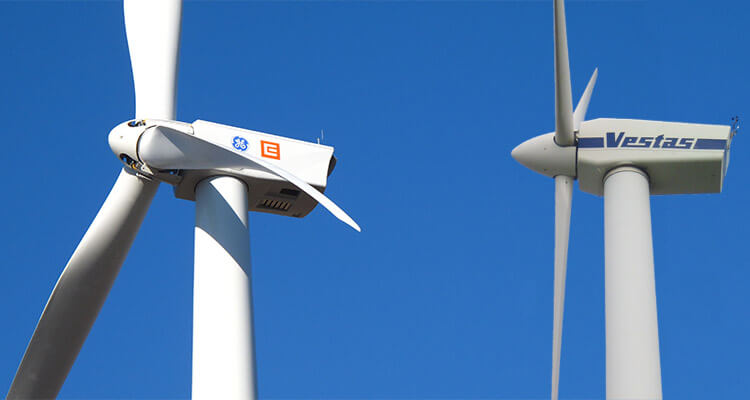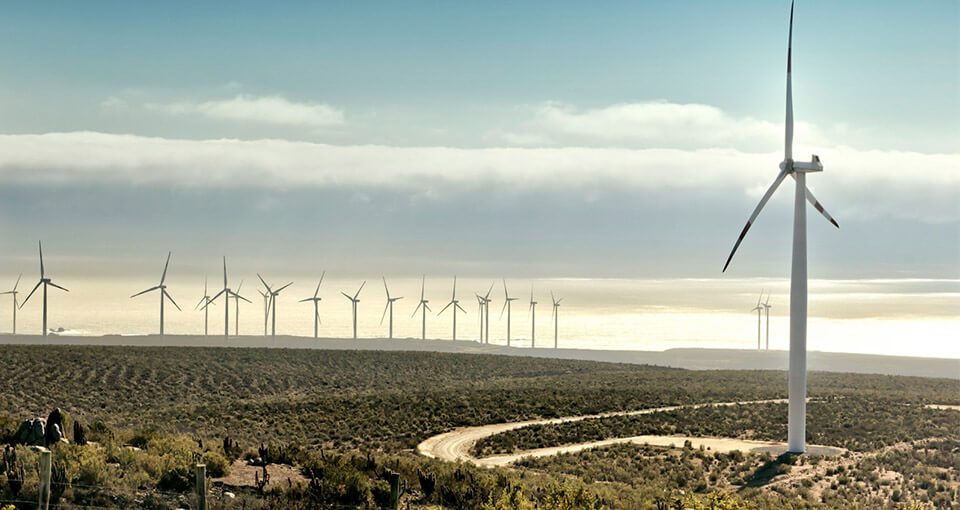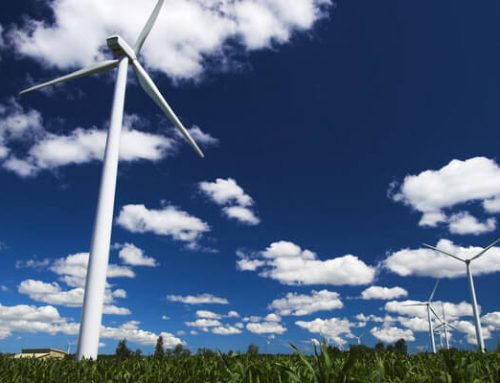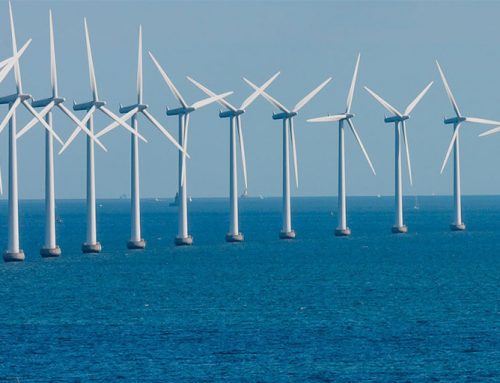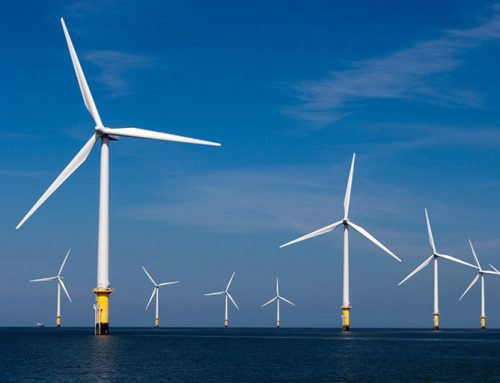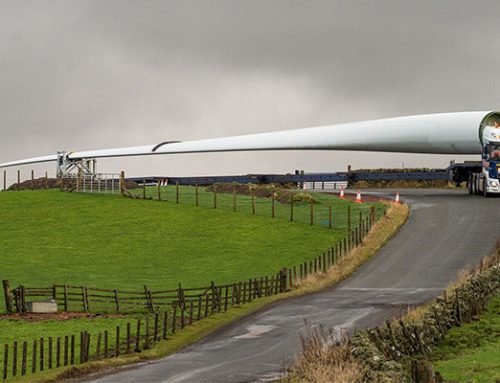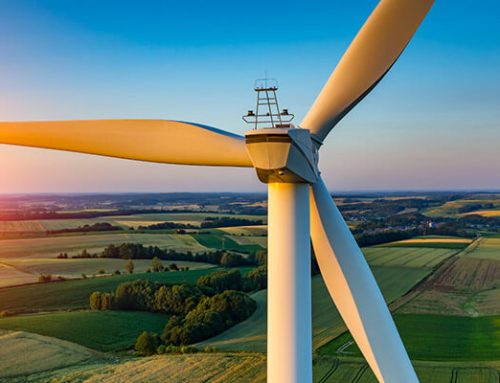India’s dependency on overseas energy is relatively high, the national energy reservation is not enough to support the national development. As the statistics shows, over 70% of India energy consumption depends on export, and this number keeps increasing recently. As the energy supply pressure keeps increasing, the energy security becomes the top priority of the foreign strategy of India. India government shows their ambition of wind energy development. By the year of 2030, 16% of India energy consumption will be supplied by wind energy.
As the steady increases in the Indian population, the national energy consumption will definitely increase. By the year of 2030, India will become the world third largest energy consumer. According to the prediction by India’s Planning Commission, if the GDP growth of India still keeps 8% till 2032, the national energy demands will be 3 times of the current energy demands. And the electric power demands will increase 5 times, which means the current energy supply can not meet the needs of India economy development. Therefore, energy policy is a part of India’s Homeland Security Strategy. Recently, India government is focused on the development and promotion of renewable energy technology.
India Electricity Supply Status
India’s electricity demands have been increased all these years. In the last decade, the average energy shortage rate of India is 8%, and the average energy peak-time shortage is 12%. In India, the complete installed capacity of renewable energy power generation systems is about 16% of the national total electricity installed capacity, and the installed capacity of wind turbine tower system is 28,700MWh, which contains the majority of India renewable energy power generation capacity.
But, right now, India wind energy is focused on onshore wind farm development. The foundations of onshore wind farms are different from offshore wind farm foundations. At an auction fair in India on October 5th, the power station developers claim that they can build a 250 MWh wind farm, and will sell the wind generated electricity with a price of 2.64 INR/KWh, the price is lower than the coal and electricity price of India, which is 3.2 INR/KWh.
Right before that, India government aims to start a bid for a 1,000 MWh wind power project, but at last, the tender capacity they received has reached 2,892 MWh, which is nearly three times of the initial bidding capacity. The energy and resources institute (TERI) has released a report which shows that by the year of 2023, or 2024, if the renewable energy can get a competitive price compared to the traditional energy, and the power grid opens for all types of renewable energy power generation, then all the new energy will come from renewables.
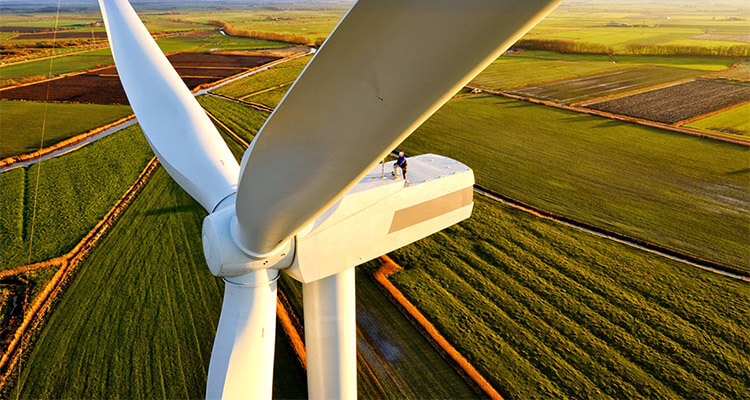
International Renewable Energy Giants Help Develop India Wind Energy Market
With all the good news shows that India government will strongly promote the development of renewable energy, the international renewable energy giants such as GE and Vestas also adjust their business strategy constantly, so that they can enhance their market competitive capability in the countries that pay large attention to wind energy, such as India.
GE has introduced a new type of high efficiency wind turbine – 4.8MW-158 wind turbine, the diameter of the new wind turbine rotors has reached 158m, which needs larger wind blades and higher wind turbine towers. Both the new blades and wind turbine towers can help the wind turbine capture the high quality wind resources from a higher place. Therefore, it can help improve the electricity generating capacity. The related officials who are responsible for developing this new wind turbine say that they have listened to the advices of 30 GE wind turbine consumers all over the world, and studied more than 30,000 wind turbine units to develop this new type of wind turbine unit. The CEO of GE onshore wind energy division, Peter McCabe says that this new type of wind turbine unit can be used in the low and medium wind regions all over the world, such as Germany, Turkey, Australia, etc.
In the meantime, Vestas and Tesla studied how to combine the wind turbine unit and the energy storage device together more efficiently, so that it can supply stable electricity even in the intermittent period. The cooperation between Vestas and Tesla is just a part of a project that Vestas has been processed around the world. Vestas has been focused on energy storage research, they are planning to add the energy storage systems for their wind farms. In that case, Vestas has been worked with many energy storage battery manufacturers. At a meeting that Vestas held in April, they have announced that Vestas would shift their focus on the development of energy storage systems. The president of Vestas, Bert Nordberg says that Vestas passed GE for the first time in the last year, we have been seeking for the new competitive high ground of wind energy market after we have held the largest market share in the USA. We hope that we can bring a great consolidation of the whole energy industry.
